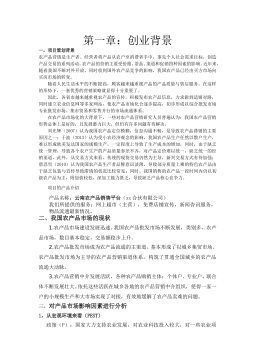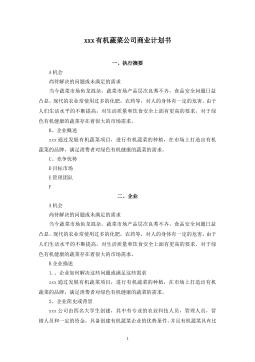上海松江公共交通有限公司业务流程再造研究
上海松江公共交通有限公司业务流程再造研究摘要随着郊区经济发展和城市化进程的加快,群众出行不便等问题在上海郊区——松江也显得日益突出,影响了松江区的城市发展和公众生活水平的提高。上海松江公共交通有限公司作为松江区唯一一家公共交通服务企业,在管理水平、营运成本、投诉处理、准点率等指标上已经不能满足城市化建设的需要。基于上述问题本文利用业务流程再造的方法对上海松江公共交通有限公司的流程实施再造。创新之处在于树立以公众为导向的流程再造目标,从公众满意的角度对企业流程再造进行量化考核。根据这个目标,又从该企业的企业文化、组织结构、人力资源管理和投诉管理等方面对公司再造进行了探讨。首先,本文提出问题,对课...
相关推荐
-
XX中学英语学科质量提升计划书VIP免费
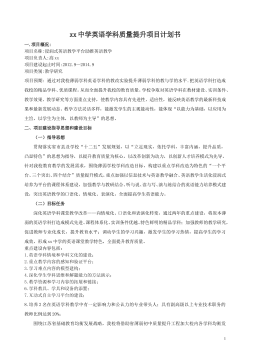
 2025-01-09 8
2025-01-09 8 -
VIPKID-美国小学在家上-在线英语学习项目商业计划书VIP免费
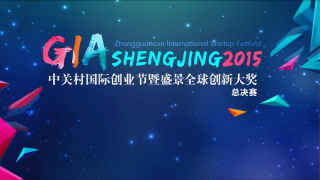
 2025-01-09 8
2025-01-09 8 -
English TV--英语学习智能视频平台创业商业计划书VIP免费

 2025-01-09 11
2025-01-09 11 -
English TV,4--英语学习智能视频平台商业计划书VIP免费

 2025-01-09 14
2025-01-09 14 -
260Educotton-让孩子快乐学习英语的平板电脑商业计划书VIP免费
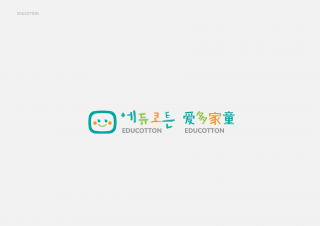
 2025-01-09 12
2025-01-09 12 -
XX英语学校创业策划书VIP免费

 2025-01-09 11
2025-01-09 11 -
Ustudy-K12英语在线学习产品商业计划书VIP免费
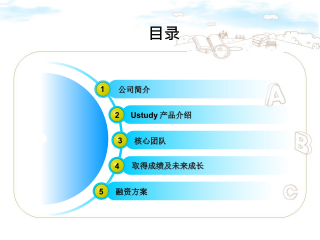
 2025-01-09 12
2025-01-09 12 -
Strawberry English School (SES)英语培训学校计划书VIP免费
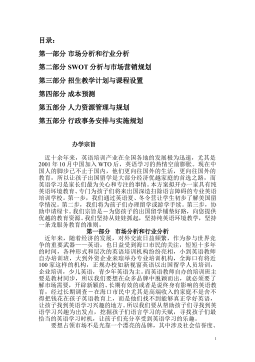
 2025-01-09 16
2025-01-09 16 -
《天中英语智能电子公司创业商业计划书》VIP免费
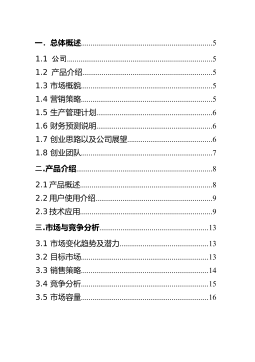
 2025-01-09 13
2025-01-09 13 -
XXXX少儿英语培训学校创业计划书VIP免费
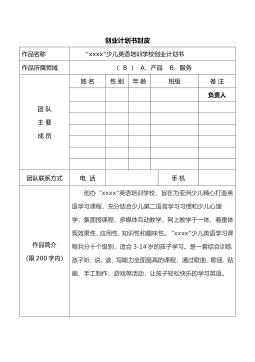
 2025-01-09 21
2025-01-09 21
相关内容
-

XX英语学校创业策划书
分类:中小学教育资料
时间:2025-01-09
标签:无
格式:WPS
价格:10 积分
-

Ustudy-K12英语在线学习产品商业计划书
分类:中小学教育资料
时间:2025-01-09
标签:无
格式:PPTX
价格:10 积分
-

Strawberry English School (SES)英语培训学校计划书
分类:中小学教育资料
时间:2025-01-09
标签:无
格式:DOC
价格:10 积分
-

《天中英语智能电子公司创业商业计划书》
分类:中小学教育资料
时间:2025-01-09
标签:无
格式:DOC
价格:10 积分
-

XXXX少儿英语培训学校创业计划书
分类:中小学教育资料
时间:2025-01-09
标签:无
格式:DOC
价格:10 积分


